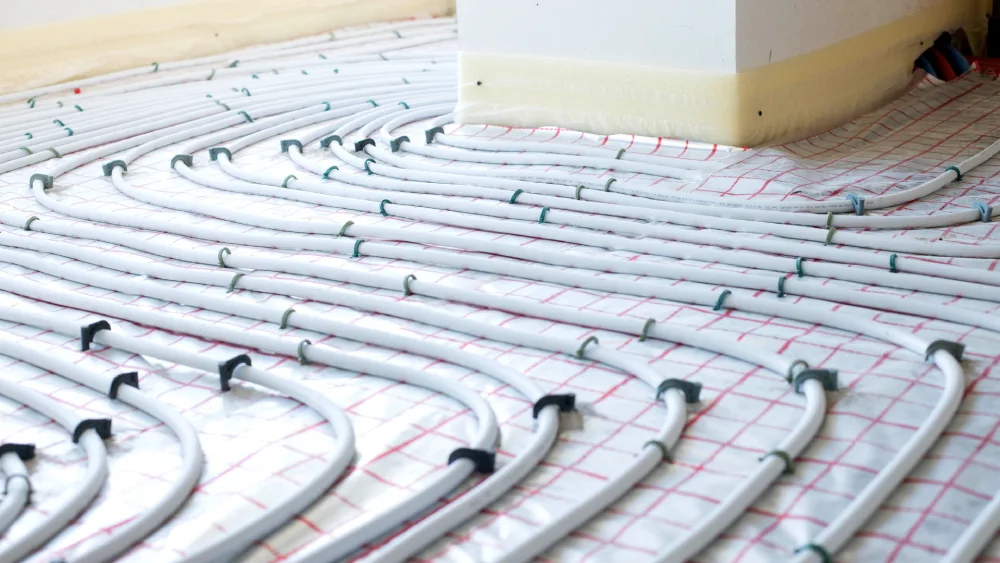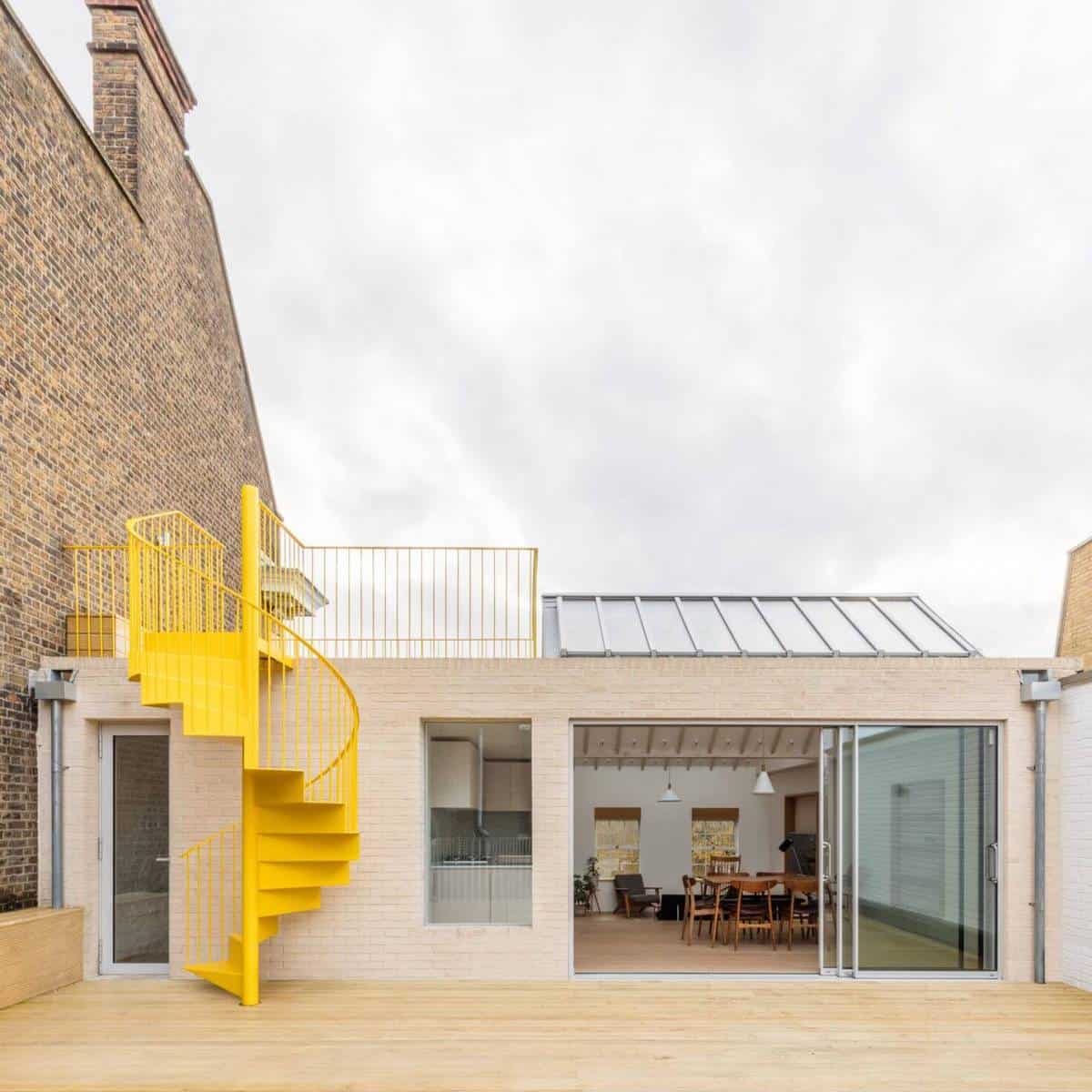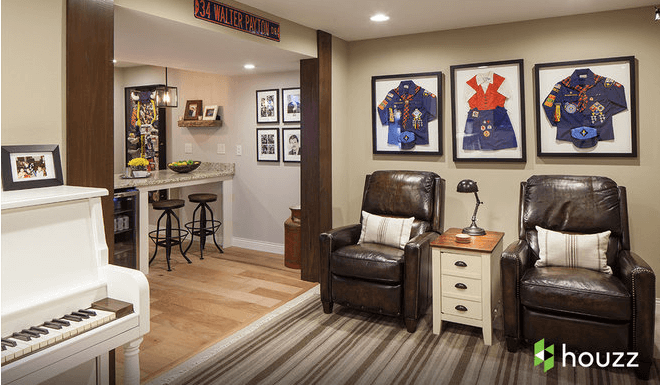Are you torn between underfloor heating and radiators? We found a useful article in Homebuilding & Renovating that might help you make a decision.
Scroll down to read the article.
Your choice of heating emitter will dictate the way in which heat is distributed and, crucially, how you experience it in your home. What’s more, choosing between underfloor heating and radiators is often the starting point for choosing a new heating system for a self build or renovation project.
There are three main options:
- Underfloor heating (UFH) now tends to be the emitter of choice for many self builders and renovators, for the comfort, efficiency and the extra wall space it gives.
- Radiators are cheaper than UFH and choice is as much about aesthetics as it is by the amount of heat needed.
- Skirting board heaters are not yet as popular as we might have expected 10 years ago, but they do have a lot to offer, especially in retrofit projects, being something of a halfway-house between UFH and radiators.
Choosing Underfloor Heating
Underfloor heating offers an effective, efficient heating medium that’s out of sight and makes no demands on wall space.
It works by effectively turning the entire floor area into a radiator, via warm water pipes (wet UFH) or electric mats concealed within the floor structure. (We will be looking at wet UFH for the purposes of this article.) Warm water pipes are typically embedded within a screed. But there are other methods of installation, particularly for renovators.
The resulting gentle heat (due to the floor’s large surface area, it only needs to be a couple of degrees warmer than room temperature,) rises steadily upwards, and there are no cold spots or draughts, making for a very comfortable environment.
To add to that, underfloor heating is the perfect partner to a heat pump, which is effective at producing the low temperature required.
The Importance of Reaction Time
This is the time taken for the heating system to bring the room to the desired temperature and to cool down again.
You will need to decide how to run the system (your required reaction time), which is largely determined by the thickness of the screed:
- A thick screed will give a long reaction time, especially if the UFH pipes are housed in the concrete slab. With a reaction time of over four hours, it is best to run the UFH system 24 hours per day. The system would be run at a lower room temperature – say 15°C or 16°C – to provide background heating to the whole house, with highlight heating (i.e. a woodburning stove) in the rooms that are actually occupied.
- With a thin screed and a reaction time of around 30 minutes, the system can be run in a similar way to a radiator system.
Pros of underfloor heating
- They operate at lower temperatures than radiators and are therefore more energy efficient
- They can be paired with renewable technology. As UFH does not need high water temperatures to operate, it is particularly well-suited to heat pumps
- Underfloor heating frees up wall space
- It’s aesthetically more pleasing
- It distributes heat more evenly so there are no cold spots
Cons of underfloor heating
- It is not instantaneous (depending on the set up) as radiators, and could take a couple of hours to heat the room up; although conversely radiators also cool down faster
- The floor finish needs consideration
- Installing underfloor heating needs more planning and must be properly done to ensure optimum efficiency
- It’s more expensive than installing radiators
Choosing Radiators
The advantage of radiators is that they are quick to warm up and easy to control, particularly with the new breed of smart valves.
“Thermostatic radiator valves (TRVs) are now ubiquitous, but think about digital programmable valves instead,” says energy efficiency expert Tim Pullen. “There are lots to choose from at around £25 each, and they really do reduce your heating bill by only heating rooms when and to what temperature you want.”
Sizing up Radiators
The size of a radiator will depend on a number of factors, including:
- The dimensions of the room/space
- The number of doors or windows
- The insulation levels and presence of external walls
Size is calculated in BTUs (British Thermal Units). A heating engineer or plumber will work it out for you or you can use an online heat output calculator.
“All radiators have a specified heat output so once you know how much heat the room needs you can choose the type, size and style to suit your taste and the room,” says Tim Pullen.
Pros of Radiators
- Radiators are quick to respond to changes in temperature
- They are cheaper to install
- Less disruptive to install in existing homes
Cons of Radiators
- Uneven heat distribution resulting in cold spots
- They cool down quicker than underfloor heating
- They are less energy efficient
- They take up wall space, impacting furniture placement
- They are not the most aesthetically pleasing
Skirting Heating
Doing away with radiators and cheaper than underfloor heating, skirting heating has the external appearance of regular skirting boards but conceals pipework or electrical elements.
It distributes gentle, even heat at a low temperature with minimal air movement. Unlike underfloor heating, skirting heating can be turned on and off to suit as its responsiveness is more akin to radiators.
If you need help or advice in making a decision on what would be the best system for your property, do give us a call on 020 8191 7595 or why not book a FREE property refurbishment consultation? We’d be happy to pop over to your property and share some of our thoughts.





